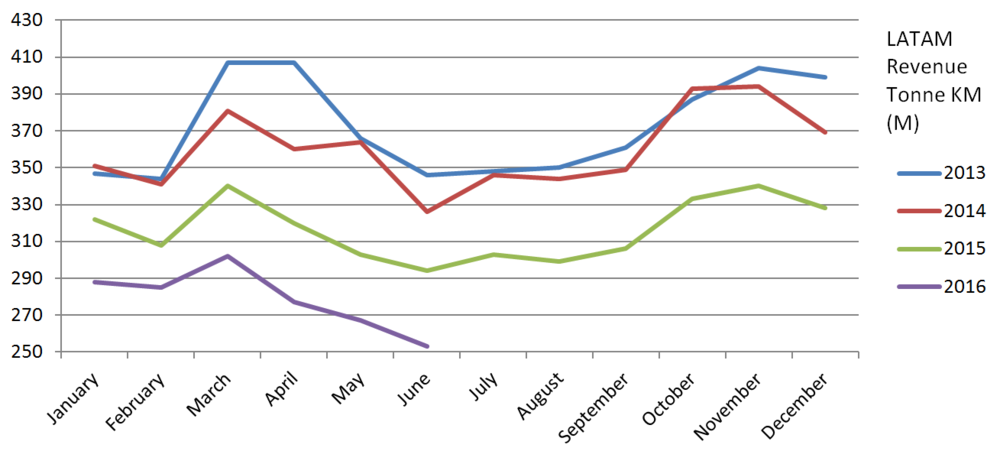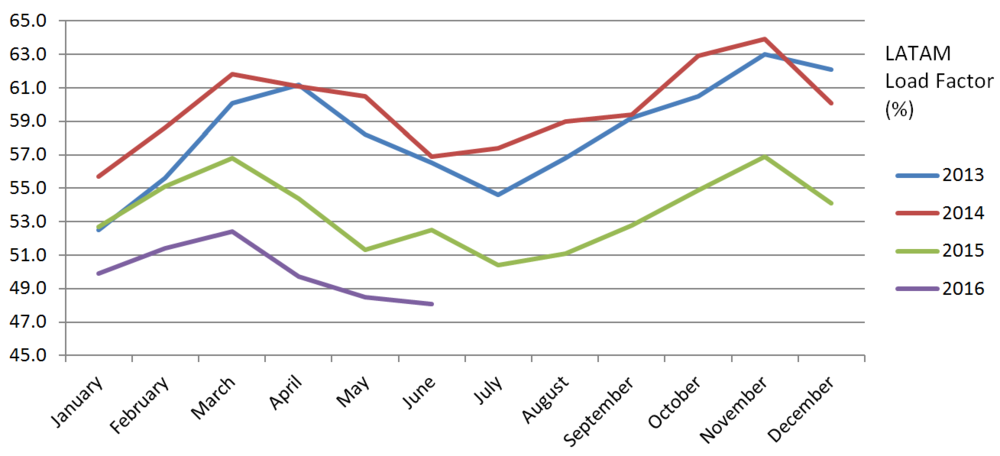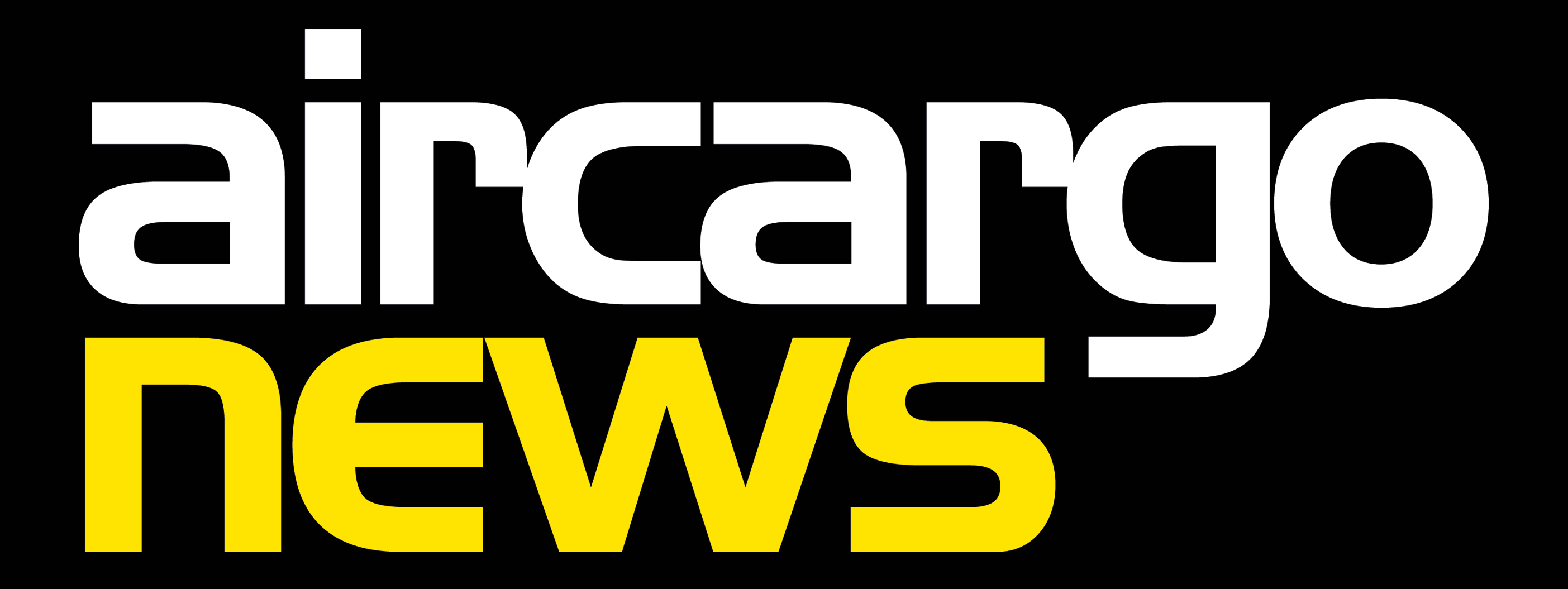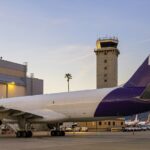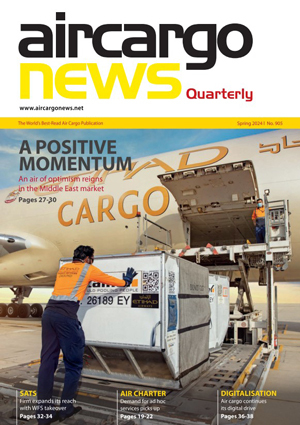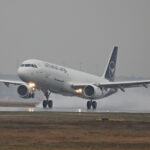Half year cargo gains for American and United but declines at Delta
01 / 08 / 2016
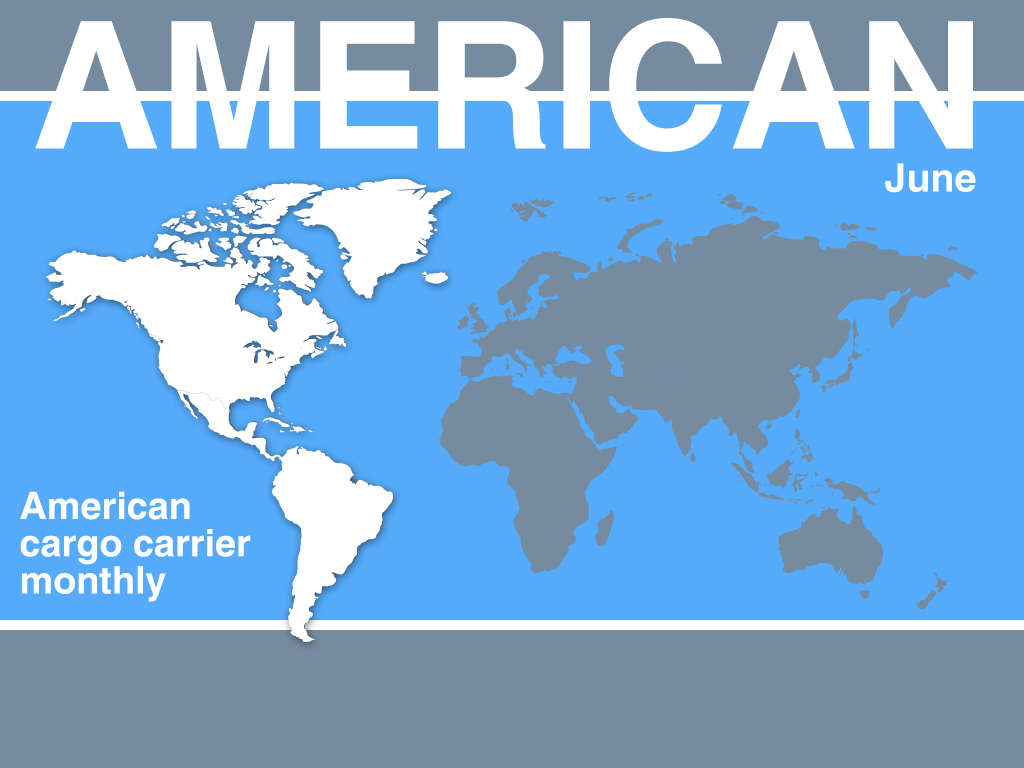
American Airlines and United Airlines both managed to record slight increases in cargo demand during the first half of the year despite declines for the overall North American market.
United Airlines – the largest cargo carrier of the three major US airlines – saw cargo demand increase by 0.5% over the first six months of the year to 1.3bn cargo ton miles (CTM).
The result was boosted by a 9.4% year-on-year increase in June to 229m CTM. This was the third monthly increase recorded by the airline in a row and represents the airline’s highest monthly volumes since March 2015.
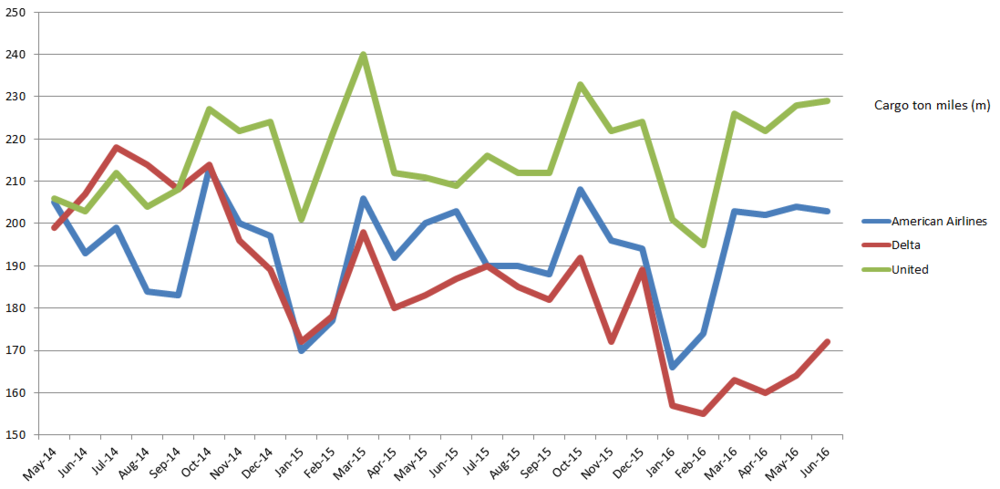
Meanwhile, American Airlines saw cargo demand increase by 0.3% year on year during the first six months to 1.1bn CTM.
In June, demand was flat at 203m CTM, but it was the third month in a row that the airline managed to avoid a decrease in demand.
The half year results of American and United look set to be better than the overall North American market.
IATA’s figures for the first five months of the year – the latest available – show that North American airlines overall registered a 2.3% demand decline.
For Delta Air Lines, the first six months of the year have been a difficult time on the demand front. Overall, the airline registered an 11.2% decline in demand to 970m CTM. In June, traffic was down 7.3% on a year earlier at 172m CTM.
The new cargo boss Gareth Joyce hopes to switch the airline from a transactional approach to business to a more consumer-centric focus and also leverage Delta’s domestic network.
It has also been a difficult start to the year for the LATAM group as South American economies – Brazil in particular − continued to struggle.
The airline group saw cargo demand decline by 11.5% during the first six months of the year to 1.7bn cargo tonne km (CTK), with June registering a 14% drop to 253m CTK.
It has moved to reduce capacity during the period, but this hasn’t been enough to offset the demand declines and in June cargo load factors were down to 48.1% compared with 52.5% a year earlier.
